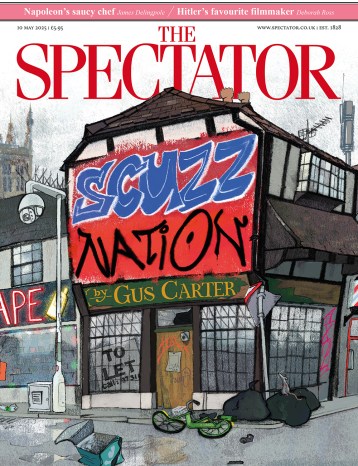Is Dickens’s London a place, or a state of mind, or a bit of both? I used to ask myself the question all the time when I was literary editor of this periodical and our office in Doughty Street was a few doors down from the Dickens Museum, at no.

Disagree with half of it, enjoy reading all of it
TRY A MONTH FREE
Our magazine articles are for subscribers only. Try a month of Britain’s best writing, absolutely free.
Already a subscriber? Log in






Comments
Join the debate, free for a month
Be part of the conversation with other Spectator readers by getting your first month free.
UNLOCK ACCESS Try a month freeAlready a subscriber? Log in